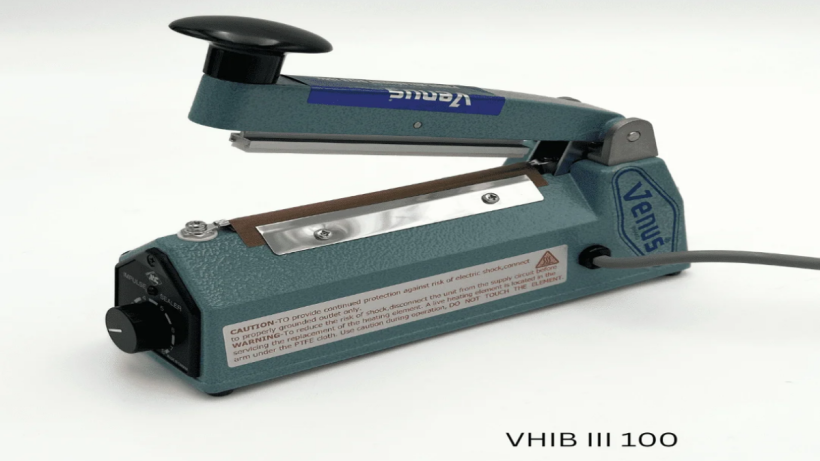Have you recently started a small business? Does it involve packaging your product and shipping it to customers? Are you looking for the best way to secure your product during transit?
Many small business owners are resorting to the versatility of a little machine known simply as a heat sealer to secure their products. Depending on the products you’re selling, using a heat sealer can also go a long way toward keeping your products fresher for longer.
Buying a Heat Sealer is Easier than You Think
When it comes to choosing the right heat sealer for your business, you’ll be delighted to learn that there are a wide range of products to choose from. While this may seem overwhelming at first, the good news is that the more choices you have, the easier it will be to find the best unit for your specific needs.
Our experts have compiled a list of pointers to consider when you’re shortlisting your options. This will make the selection process so much easier.
1. Consider the Material to be Sealed
The first step in the selection process involves knowing what material you’re going to be sealing. This is because heat sealers aren’t all the same, making some better suited to specific materials.
The most significant options to consider here are sealing foil pouches, film pouches, or paper pouches. This involves knowing which material will keep your product as safe as possible during transit.
For instance, food items such as dried fruit are better suited in foil packages as this maintains freshness. Electronic components and jewellery can easily be packaged in a film pouch while documents will work best in a paper pouch. Be sure to add the cost of the pouches into your calculations for budget purposes.
2. Decide on the Maximum Sealing Width
It’s essential to point out that bar heaters have a maximum width that can be sealed at once. This occurs when the paper, plastic, or foil pouch is placed flat on the surface, and a jaw-like heater bar presses down on it.
To make the seal efficient, the bar shouldn’t be wider than the jaw. It’s a good idea to take an empty pouch with you if you’re viewing models in-store. You should also know the measurements for online purchases.
3. Decide if You Need Connectivity
Some bar heaters have a USB port or RS 232 connection that allows them to record specific data during the sealing process. This type of information may include the number of seals as well as the temperature the product was sealed. Typically, this type of information is required for medical or food products that may need to be refrigerated.
With these types of bar heaters, you may also be able to connect them to a PC to download the data. This will make it considerably easier to print an accurate label. Since not all bar heaters have this function, it’s essential to add this to your must-have feature list if it’s something you need.
4. Operation Method You Prefer
The average heat sealer is operated using a simple hand operation where the bar pulls down over the bag. This works well for sealing smaller or flatter items. Whether this process works for you will depend on the product you’re sealing.
In some instances, a user may need to use both hands to close the bag because one hand holds down the bag and the other ensures there are no creases in the seal. When this is the case, you may need to look for a model that features a foot pedal that will then operate the sealing function while your hands seal the bag.
5. Query the Availability of Spare Parts
If you’ve shortlisted a heat sealer that you feel ticks all the boxes, the last aspect to check is the availability of spare components. Many people have found that bar heat sealers eventually require a new PTEE and heating element from regular wear.
Check with your supplier if backup stock of these replacement kits is readily available. If you have a considerable amount of packaging to do, it may be a good idea to invest in a replacement kit at the time of purchasing the heat sealer.
6. Understand the Maintenance
It’s also essential to know how your particular heat sealer needs to be maintained. Ideally, you want a model that’s easy enough to maintain so that you can delegate the task to the person in charge of the packaging process. Be sure to check the warranty period as well as the criteria that determine it.
Where possible, opt for a maintenance plan so that you can have your heat sealer reviewed by an expert every few months to ensure it’s still in good working order. This is especially necessary if you are buying more than one.
Final Thoughts
By using our handy tips, you’ll be able to make finding the perfect bar sealer considerably easier. Start the process by assessing what you need to best package your unique product. With the many options on the market, finding the best bar sealer is easier than ever!
Laila Azzahra is a professional writer and blogger that loves to write about technology, business, entertainment, science, and health.
